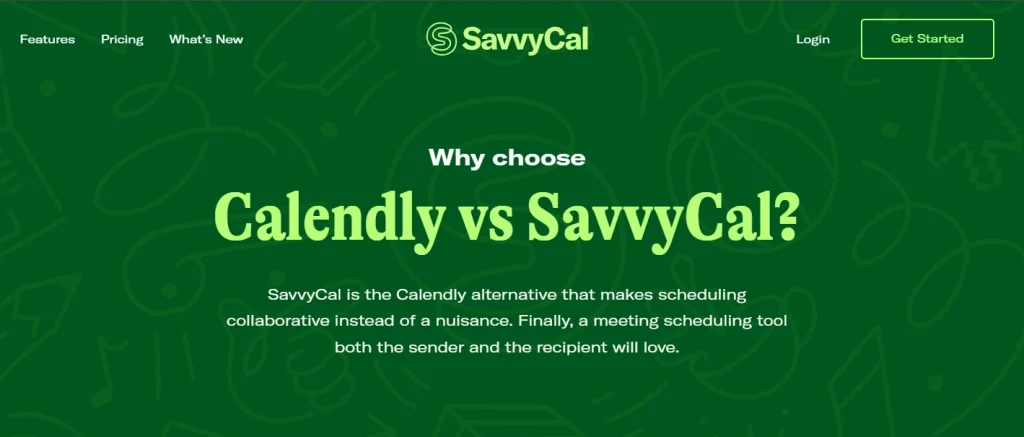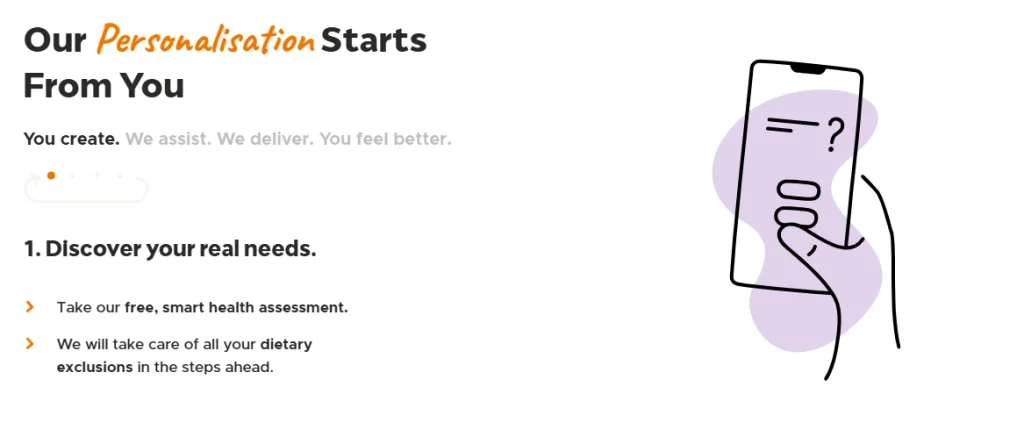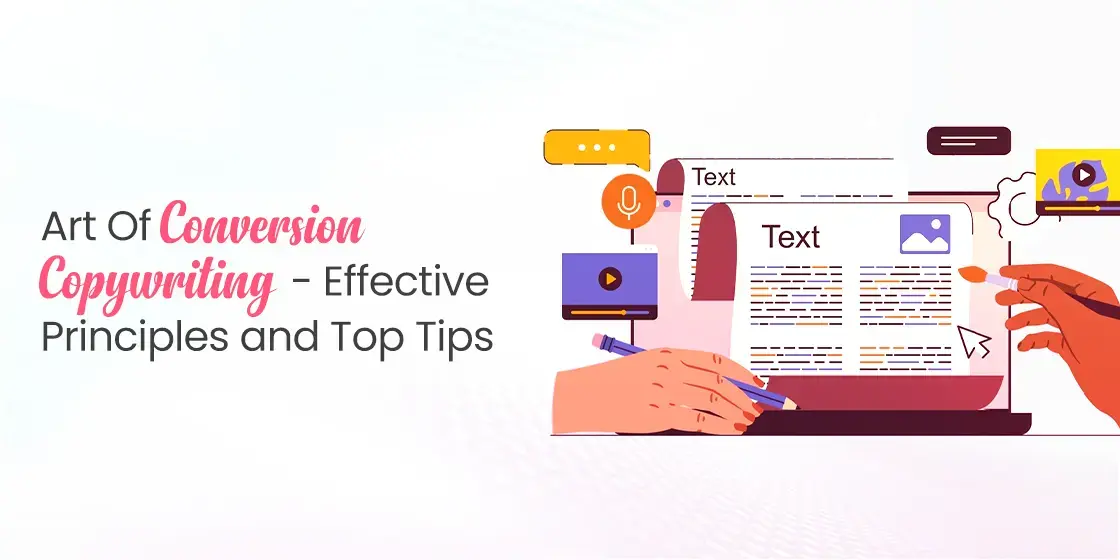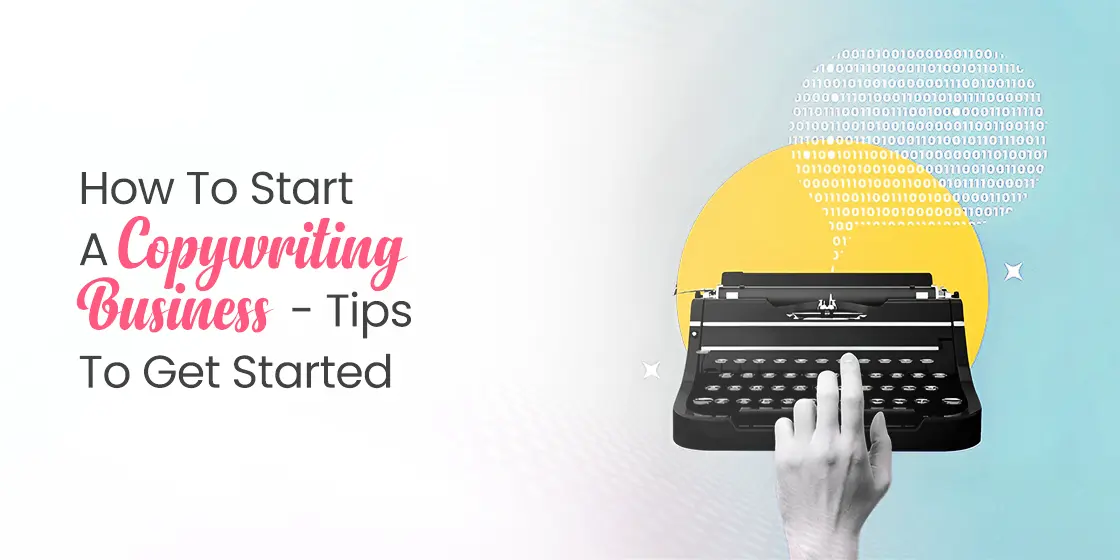Table of Content
Discover How to Increase Your Marketing Effectiveness with Conversion Copy
In today’s digital age, where information is abundant and attention spans are fleeting, effective copywriting has become more crucial than ever. A well-crafted piece of copy can persuade, inspire, and ultimately convert visitors into customers. Conversion copywriting, in particular, is a specialized form of copywriting that focuses on driving specific actions, such as making a purchase, signing up for a newsletter, or downloading a whitepaper.
To master the art of writing converting copy, it’s essential to understand the fundamental principles and techniques that drive results. By understanding the psychology of persuasion and the nuances of effective communication, you can create compelling copy that resonates with your target audience and achieves your desired outcomes.
So, let’s take a look at how a professional web copywriting agency incorporates conversion copy’s principles into their processes for better effectiveness, and the top tips that help them succeed.
Understanding Copywriting – What Does it Entail?

Copywriting is the art of writing persuasive content that motivates people to take action. It involves crafting compelling messages that resonate with the target audience and compel them to make a specific decision. Whether it’s a product description, an email campaign, or a landing page, copywriters use their skills to create content that is both informative and persuasive.
Effective copywriting requires a deep understanding of the target audience, the product or service being promoted, and thedesired outcome. A skilled copywriter understands the psychology of persuasion and knows how to use language to evoke emotions and drive behavior. They are adept at crafting compelling narratives, using strong calls to action, and creating a sense of urgency. By combining creativity with strategic thinking, copywriters can create various types of copywriting content that is both engaging and effective.
Captivate visitors and convert them into customers with compelling web copy!
Drive ConversionsThe Psychology Behind The Creation of Persuasive Copy
To create effective conversion copy, it’s essential to understand the psychology of persuasion. Here are some key psychological principles to consider:
- Reciprocity: People feel obligated to repay favors, so offer something of value to your audience, such as a free ebook or a discount.
- Social Proof: People are more likely to trust recommendations from others. Use testimonials, reviews, and case studies to build credibility.
- Authority: Position yourself as an expert in your field. Use credentials, certifications, and experience to establish authority.
- Scarcity: Create a sense of urgency by highlighting limited availability or time-sensitive offers, a popular technique with direct response copywriting.
- Liking: People are more likely to be persuaded by people they like. Build rapport with your audience by using a friendly and approachable tone.
Copywriting vs. Content Writing – Understanding What Separates the Two

While copywriting and content writing are often used interchangeably, there are distinct differences between the two. Content writing focuses on providing information and educating the reader, while copywriting focuses on persuading the reader to take a specific action.
And while copywriting and content writing are often used interchangeably by many people, even those in the industry themselves, these are some of the distinct differences between the two terms.
Content Writing
Content writing focuses on creating informative and engaging content that educates and entertains the reader. It’s about providing value and building trust with your audience, from pillar content to cornerstone content. Blog posts, articles, and whitepapers are examples of content writing.
- Focuses on providing information and educating the reader.
- Often used for blog posts, articles, and whitepapers.
- Prioritizes SEO and keyword optimization.
Copywriting
Copywriting on the other hand, is more focused on persuasion and driving action. It’s about crafting compelling messages that motivate the reader to take a specific action, such as making a purchase or signing up for a newsletter. Sales pages, email marketing campaigns, and landing pages are examples of copywriting.
- Focuses on persuading the reader to take a specific action.
- Used for advertising, sales pages, and email marketing.
- Prioritizes clear and concise language, strong calls to action, and persuasive storytelling.
In essence, we can sum it all up by saying that general content writing provides information, while digital copywriting drives action.
Conversion Copywriting vs. Regular Copywriting – Are the Two Terms Different?

While all good copywriting aims to persuade, conversion copywriting takes it a step further. It focuses on driving specific actions, such as making a purchase, signing up for a newsletter, or downloading a whitepaper. In short, conversion copywriting has a more specific goal: to convert readers into customers or leads. It focuses on using persuasive language and strong calls to action to drive specific behaviors.
Regular copywriting, on the other hand, may have broader goals, such as building brand awareness or educating the audience. While it may use persuasive techniques, it’s not always focused on immediate conversions.
Conversion copywriters use a variety of techniques to increase conversions, including:
- Clear and Concise Language: Straightforward language resonates better. Avoid jargon and complex sentence structures.
- Strong Call to Action (CTA): A clear and compelling CTA guides the reader towards the desired action. Words like “Buy Now,” “Learn More,” or “Sign Up” can significantly impact conversions.
- Emotional Appeal: Tap into your audience’s emotions. Use storytelling, humor, or empathy to create a connection.
- Social Proof: Leverage testimonials, reviews, and case studies to build trust and credibility, a technique common in social media copywriting.
- Scarcity and Urgency: Create a sense of urgency to encourage immediate action. Limited-time offers, low-stock alerts, and countdown timers can be effective.
- A/B Testing: Continuously test different variations of your copy to identify the most effective approach.
The 3-Step Conversion Copywriting Process – How to Make Your Copy Effective?

Now that we know the difference between content writing and copywriting, as well as the distinction between converting copy and general copy, you might be thinking of making your copywriting start. However, like every other technical technique, there is a process to it that helps you ensure your project’s success.
For conversion copywriting, a 3-step process defines all the basic necessities to create copy that converts its readers effectively. Let’s take a look at the process in greater detail.
Research and Discovery Phase
The Research and Discovery Phase consists of the following activities. As the initial start of the project, this is the part where you need to take your time to ensure your copy’s success.
1. Understand Your Target Audience
Who are you trying to reach? What are their needs, wants, and pain points?
- Create Buyer Personas: Develop detailed profiles of your ideal customers, including their demographics, psychographics, behaviors, and pain points.
- Understand Their Needs and Desires: What problems do they face? What solutions are they seeking?
- Empathize with Their Challenges: Put yourself in your audience’s shoes to understand their perspective.
2. Identify Your Unique Selling Proposition (USP)
What sets your product or service apart from the competition? Understanding and leveraging this to their benefit is one of the hallmarks of the best conversion copywriting examples.
- Identify Relevant Keywords: Use keyword research tools to find keywords and phrases that your target audience is searching for.
- Optimize Your Copy: Incorporate relevant keywords naturally into your headlines, subheadings, and body copy.
- Long-Tail Keywords: Target long-tail keywords to attract more specific and qualified traffic.
3. Set Clear Goals
What do you want to achieve with your copy? Is it to increase sales, generate leads, or improve brand awareness?
- Clear and Measurable Objectives: Set specific, measurable, achievable, relevant, and time-bound (SMART) goals.
- Key Performance Indicators (KPIs): Determine the metrics you’ll use to measure success, such as conversion rate, click-through rate, and revenue generated.
Creating Concepts, Writing, and Editing Phase
The next step is the actual copywriting part. It too is broken down into three distinct sections.
1. Brainstorming Ideas
Generate creative ideas for your copy, such as using storytelling, humor, or emotional appeals.
- Hook the Reader: Immediately capture the reader’s attention with a strong opening statement.
- Provide Context: Explain the problem your product or service solves.
- Build Rapport: Connect with the reader on an emotional level.
2. Crafting Compelling Headlines
Write attention-grabbing headlines that entice readers to click.
- Grab Attention: Use strong, action-oriented language.
- Create Curiosity: Spark curiosity with a question or a surprising fact.
- Highlight Benefits: Clearly state the benefits of taking action.
3. Writing Persuasive Body Copy
Use clear and concise language, strong verbs, and active voice.
- Clear and Concise Language: Use simple, easy-to-understand language.
- Strong Arguments: Use logical arguments and evidence to support your claims.
- Social Proof: Incorporate testimonials, reviews, and case studies.Storytelling: Use storytelling techniques to engage the reader.
- Call to Action (CTA): Use strong, action-oriented language to encourage the desired behavior.
Testing and Experimenting Before Validation Phase
The final phase is the testing and validation stage where the proofread, test, and check the copy for any missing elements. Moreover, you also track its performance to tweak your copywriting technique for the next steps, thus improving your effectiveness incrementally.
1. A/B Testing:
Test different versions of your copy to identify the most effective approach.
- Test Different Headlines: Experiment with different headlines to see which ones perform best.
- Test Different Call to Actions: Try different wording and placement of your CTA.
- Test Different Visual Elements: Experiment with different images, colors, and layouts.
2. Track Your Results:
Use analytics tools to measure the performance of your copy.
- Conversion Rate: Measure the percentage of visitors who take the desired action.
- Click-Through Rate (CTR): Track the percentage of clicks on your links or buttons.
- Time on Page: Measure how long visitors spend on your page.
- Bounce Rate: Track the percentage of visitors who leave your site after viewing only one page.
3. Make Data-Driven Decisions:
Use data to inform your future copywriting efforts.
- Analyze Data: Use data to identify areas for improvement.
- Iterate and Refine: Make changes based on your findings.
- Test Regularly: Continuously test and optimize your copy to improve results.
Top Tips to Improve Your Conversion Copywriting’s Impact

Creating conversion-driven copy is more than just writing words that sound good. It’s about crafting messages that captivate, persuade, and ultimately drive action. By implementing some of the top tips for copywriting success, you can craft copy that not only resonates with your audience but drives them to take meaningful action.
Powerful words, strategic framing, and a visually engaging presentation are the keys to unlocking your conversion potential. Let’s dive into these proven tips to elevate your copywriting game.
Write with Authority and Confidence
Uncertainty undermines trust, and trust is non-negotiable in conversion copy. Use assertive, declarative language that positions you as the expert. For instance, instead of saying, “This product could help improve your workflow,” say, “This product will transform the way you work.” Avoid hedging phrases like “might,” “could,” or “we think.” When your audience senses your confidence, they are more likely to trust your message and act, thus using power words can be to your benefit.
Avoid the Phrase “Check Out” Like the Plague
“Check out” is the ultimate generic call-to-action (CTA), and it does little to inspire urgency or interest. Instead, use action-oriented and benefit-driven language. Replace “Check out our sale” with “Claim your 50% discount today.” By focusing on the value or experience they’ll gain, you make your CTA specific, enticing, and hard to ignore.
Negative CTA is What Actually Does the Trick
The fear of missing out (FOMO) is a powerful motivator. Negative CTAs like “Don’t miss out,” “Don’t get left behind,” or “Stop wasting time” tap into your audience’s aversion to loss. These phrases create urgency and highlight what they stand to lose if they don’t act, which can be more compelling than positive CTAs like “Sign up now” or “Start today.”
Do NOT Bury the Lede
Attention spans are short—don’t waste them. Start with the most compelling or relevant piece of information to hook your audience immediately. Whether it’s a bold claim, an irresistible offer, or an urgent problem you can solve, your opening line should make them want to keep reading. Avoid lengthy introductions or beating around the bush.
Use Collectives Over the Individual
While individual benefits matter, framing your message around collective impact often creates a sense of belonging and shared purpose. For example, instead of saying, “This software will make your tasks easier,” say, “Join thousands of professionals who are simplifying their work.” This strategy taps into the human desire to follow social proof and feel part of a larger, successful group.
Never Forget to Evaluate How Your Copy Looks Visually
Even the best-written copy can fail if it’s visually overwhelming. Break up long blocks of text with short paragraphs, bullet points, and subheadings. Use bold or italicized text to emphasize key points. Make your CTAs stand out by using buttons or contrasting colors, a common element of UX copywriting. The more scannable and visually appealing your copy, the more likely readers will engage.
Ask Yourself “Would I Click This?” Every Time
Before publishing, step into your reader’s shoes. Ask yourself, “Would this headline grab my attention? Would I feel compelled to take action?” If the answer is no, refine your copy. Test it on others to gauge their reactions and adjust accordingly. Remember, if it doesn’t excite you, it probably won’t excite your audience.
FAQs
| What do conversion copywriters do? They conduct an in-depth review of the target consumers to craft copy that leverages psychology to influence the user into performing a certain action. |
| What is the difference between direct response copywriting and conversion copywriting? While there are a number of minor differences between the two, the most prominent difference that separates the two terms is that direct response copywriting is often in print, while conversion copy is mostly digital. |
| How is the effectiveness of your conversion copy measured? The effectiveness of your conversion copy is measured as the percentage of visitors who converted out of the total visitors, and is known by the term CRO. |
Conclusion
Conversion copywriting isn’t just about clever words—it’s about understanding human behavior, addressing pain points, and motivating action. By embracing these principles and implementing the tips shared in this article, you’ll craft copy that not only captures attention but compels your audience to engage and convert.
Remember, effective copywriting is both an art and a science. It requires confidence, clarity, and creativity, as well as a relentless focus on what truly resonates with your audience. So, take these strategies, test them, and refine your approach until your words do more than inform—they inspire action. The art of conversion copywriting is at your fingertips; now it’s time to turn those words into results.

Unleash your brand story`s potential with eContentSol – your creative writing companion. We craft narratives that captivate. Ready to elevate your content game? Dive into creativity with us and let`s bring your ideas to life.


